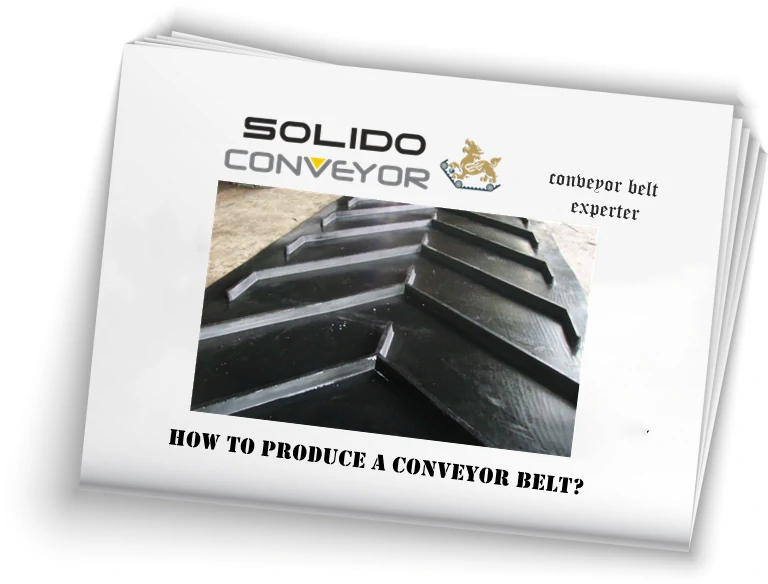How to produce a conveyor belt?
Conveyor belt manufacturer:
Be a professional conveyor belt manufacturer, producing a conveyor belt involves several steps and processes.
Here is a general outline of the procedure:

- Design and Specifications:
- Determine the specific requirements of the conveyor belt, such as length, width, material handling capacity, speed, and intended use.
- Create a detailed design that includes dimensions, belt structure, drive system, support structure, and any additional features required.
- Material Selection:
- Choose the appropriate materials based on the application and operating conditions.
- The main components of a conveyor belt include the belt material, carcass or core material, cover material, and reinforcing layers.
- Consider factors such as strength, flexibility, resistance to abrasion and chemicals, temperature resistance, and suitability for the intended use.
- Fabrication of Belt Components:
- Manufacture the belt carcass or core material, which provides tensile strength and flexibility.
- Form the belt cover material, which protects the carcass and provides a smooth surface for material transport.
- Produce any reinforcing layers, such as fabric or steel cords, for additional strength and stability.
- Belt Assembly:
- Cut the carcass and cover materials to the required dimensions based on the design specifications.
- Apply adhesive or vulcanization techniques to bond the carcass and cover materials together.
- If using vulcanization, heat and pressure are applied to chemically bond the materials, resulting in a strong, continuous belt.
- Edge Reinforcement and Joining:
- Apply edge reinforcement materials to enhance the belt’s lateral stability and prevent fraying.
- Join the ends of the belt using various methods, such as mechanical fasteners, overlapping splices, or vulcanized splices.
- The joining method depends on the belt type, application, and operational requirements.
- Conveyor Belt Installation:
- Install the conveyor belt onto the conveyor system according to the manufacturer’s guidelines.
- Ensure proper alignment, tensioning, and tracking of the belt to prevent slippage and maximize performance.
- Install any additional components, such as pulleys, rollers, and drive systems, as required.
- Testing and Quality Assurance:
- Conduct rigorous testing procedures to ensure the conveyor belt meets the specified requirements and performance standards.
- Test for factors like tensile strength, elongation, abrasion resistance, and operational functionality.
- Perform quality checks throughout the production process to identify and rectify any defects or inconsistencies.
- Packaging and Distribution:
- Package the conveyor belts securely to protect them during transportation.
- Distribute the conveyor belts to customers or retailers based on their orders and requirements.
It’s important to note that the actual production process may vary depending on the specific manufacturer, type of conveyor belt, and industry requirements. This outline provides a general overview of the steps involved in producing a conveyor belt.